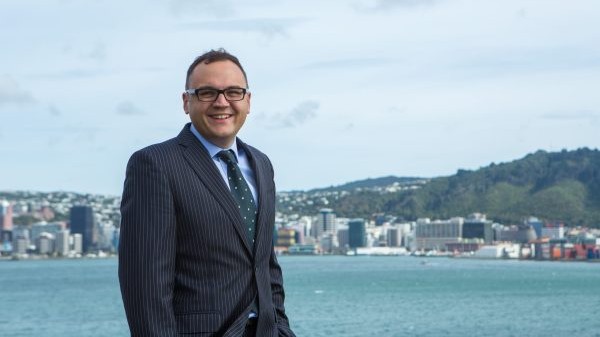
First it was kindness, now patience will be the catch-cry of the Covid-19 response over summer.
I guess it is a sign of how advanced our Stockholm syndrome is that we greeted the Government’s announcement about opening the Auckland border on 15 December – with some restrictions – as good news.
New Zealand has been locked off from the world for nearly two years and Auckland has been locked off from the rest of the country for more than 90 days – so any advance feels like a merciful gift for those losing businesses and their minds.
What was good about the announcement was the Government actually gave a date for something to happen. That means people can plan. Certainty is good, it is the uncertainty that is doing a lot of damage.
But once the initial euphoria wore off, the questions began, including, why wait until 15 December? It seems to be linked to the incoming Covid-19 Protection Framework (the traffic light system), and perhaps the planning required to introduce and implement that and border spot checks by the Police to check vaccination or test status – the requirements needed to leave Auckland.
Also, when the traffic light system comes in to Auckland – early December but date to be confirmed – despite meeting vaccination targets, will be at red, as will other parts of New Zealand, and no area will be green, according to the Prime Minister.
Red is the highest alert level with the toughest restrictions and is described as: “action will need to be taken to protect both at-risk people and protect our health system from an unsustainable number of hospitalisations”.
People, quite rightly, are left questioning what the race to 90% vaccination was for if it wasn’t to return to some kind of normal life. Our health system seems to be coping with the level of Covid-19 in the community and this isn’t 2020 – there have been advances in the treatment of Covid-19, as well as vaccination of course.
Looking at the criteria, most of the country should be at the lowest alert level, if not just back to normal life. Green is: “when there are some COVID-19 cases in the community, and sporadic imported cases. Community transmission will be limited and COVID-19 hospitalisations will be at a manageable level. The health system will be ready to respond, including primary care, public health, and hospitals”.
So, uncertainty and questions remain. One of the television news programmes did a vox pop on the public about their understanding of the traffic light system and most people in the South Island hadn’t even heard about it.
Transporting New Zealand lobbied hard for the Auckland road border to be removed before Aucklanders were allowed to travel en masse out of the city. We could see what carnage a hard road border with every traveller’s papers being checked would bring for moving freight, at the busiest time of the year, in lengthy queues and gridlock.
I’ve been talking to operators about Auckland and they are worried about the volume of work coming their way. Parts of the northern rail network will be shut down for maintenance over Christmas which means trucks will be taking the loads from Northland, including dairy. There will be more trucks on the road among all those Aucklanders trying to break free.
Because of the global supply chain issues, and the global perceptions about New Zealand being indefinitely closed for business while the rest of the world has opened up, trucking operators are struggling to get trucks and parts, as well as drivers to manage the increasing workload.
One operator said to me: “I can’t get a new truck until 2023, but I probably won’t be able to get a driver either.”
Immigration, or the lack of any action on allowing people into New Zealand to work, is one of the worst performing areas of this Government’s response to Covid-19.
Adding to a supply chain stretched so tight it could bust any day, is the threat of a KiwiRail strike, which would take out freight and the inter-island ferries. It will also impact the ports, stopping vital export and import movement.
A KiwiRail strike will cripple New Zealand’s freight movement at the busiest time of the year. The Government should be doing all it can to prevent that happening.
While 93% of freight is moved on the roads, and there has always been pride in the ‘just in time’ delivery of it, the Covid-19 landscape in New Zealand means patience will be required. Those goods might come tomorrow, or the next day, through no fault of the truck operator.
Most customers understand this and are taking the approach of doing whatever it takes to make it happen.
So, as we accept our small ‘freedoms’ we need to exercise patience – on the road and in doing business. That’s going to be pretty tough, so we need to continue to hold the Government’s feet to the fire on the logic and evidence of their decision-making.
By Nick Leggett, CEO, Ia Ara Aotearoa Transporting New Zealand.





